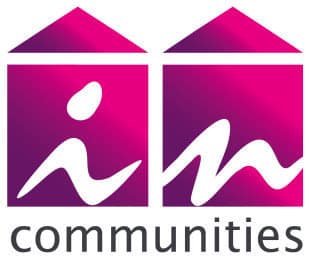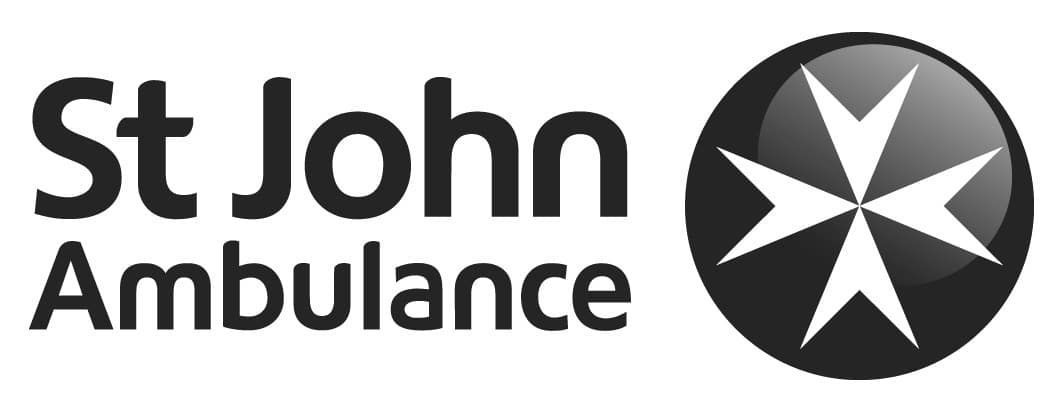Training within a project… What level of autonomy should the business have?
The stakeholders within the business, and in particular the department heads and change network, know their people, and subcultures which make their teams successful. As a Change Manager, you know the hill you need to climb to have all users suitably upskilled for go live and when delivering training via the change network, additional consideration should be made to what could and should be delegated to the business.
Things to consider:
- Identify the true training needs. When implementing a technical solution, the change network and suppliers often have high technical literacy – this can mask the true training needs of those in the business (especially in workplace cultures where exposing your knowledge gaps is discouraged.)
- Processes which cross departments. In conversations surrounding the change impact assessment, cross-department processes that can cause tensions will likely be highlighted. Specific training may be needed on these, as with change resistance, the best way to increase understanding and compliance to processes is facilitating face-to-face discussion
- Keep it real. Training in the context of someone’s day to day role increases adoption compared to a module or process in isolation. Be sure to explain the why in addition to the how.
There are some initial decisions that the project sponsor or board can make which will set the tone for delegation. These include the KPIs for training (such as the average hours of training per person), agreement of the organisational wide training needs, centralised document storage location, ground rules for training and the methods of feedback. With an integrated Change Manager, recommendations based on business knowledge and the outputs of the change impact assessment can be provided.
Beyond these decisions, you may wish to delegate further decisions to the business units. These might include:
- The minimum number of attendees for a training session to be viable
- The delivery method
- The pre-work and assessments
- Post training actions
The risk in the departments making these decisions in isolation is that the consistency and quality is harder to measure and maintain and where disparity occurs, trust can be damaged. Whilst not all end users need the same levels or knowledge of the system, there needs to be buy-in across the board and the ability to successfully meet the operational needs on day one and beyond.
Nine Feet Tall recommend working in combination with the change network to influence these decisions, presenting the project’s recommendation for their department and hearing the concerns where there is a desire to deviate from these.
To find out more about delivering best practice training to guarantee the best adoption of your change contact EstherM@NineFeetTall.com















